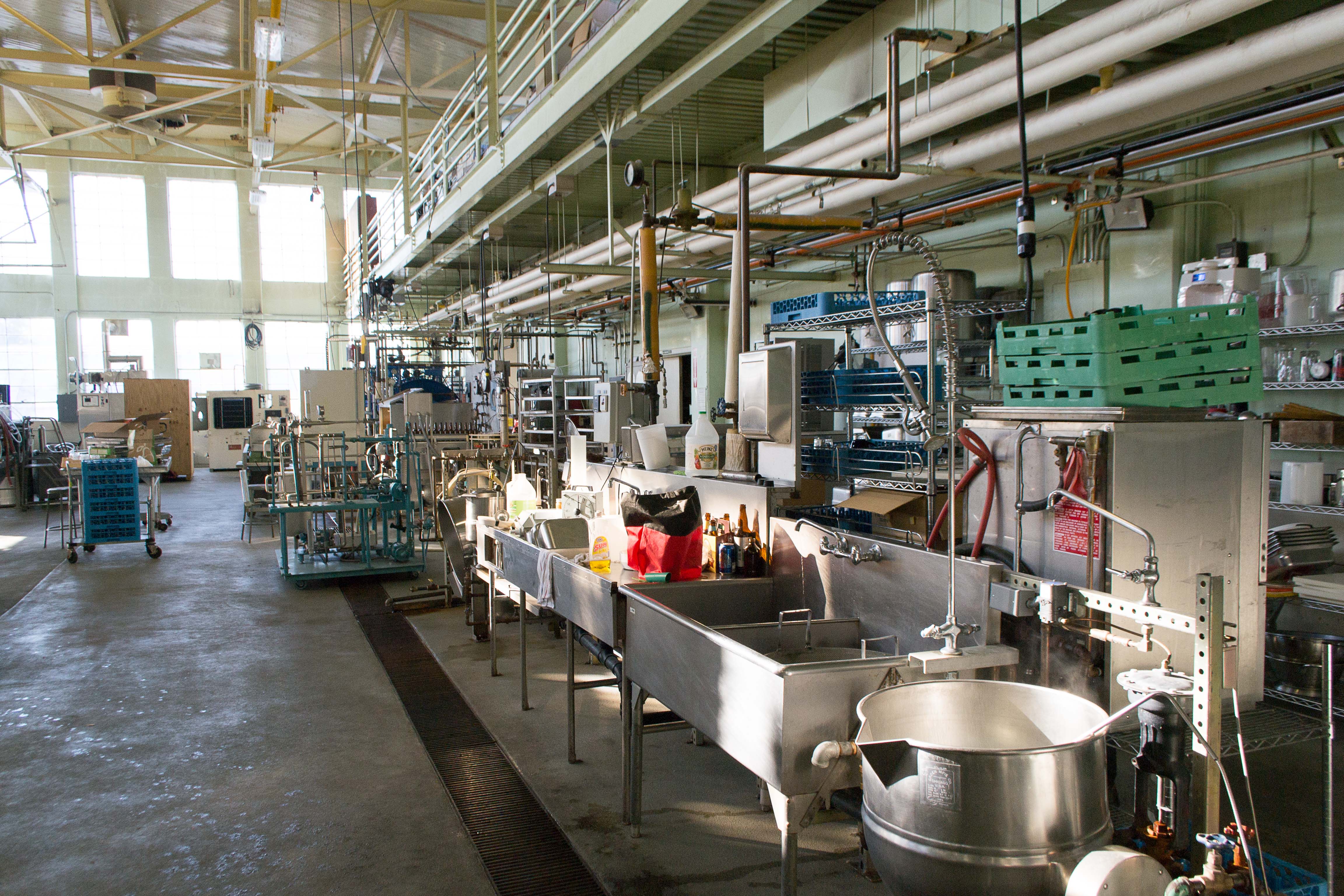
Photo from academic.microsoft.com
Abstract A large body of literature now shows the association of various linguistic attributes (e.g., vowel length, voiced consonants) with tastes (e.g., sweet, bitter). Despite the knowledge gathered so far… Click to show full abstract
Abstract A large body of literature now shows the association of various linguistic attributes (e.g., vowel length, voiced consonants) with tastes (e.g., sweet, bitter). Despite the knowledge gathered so far in this field, no overarching explanation has been provided. Here we reveal that taste-speech sound associations depend on the age of acquisition of specific phonemes. Speech is a complex ability acquired over many years; some phonemes are easy to produce (e.g., /p/, /m/), whereas others not so (e.g., /zh/, /th/). Similar to speech acquisition, exposures to different tastes also develops in phases in early childhood; pleasant tastes (e.g., sweet) are experienced first (e.g., breast milk) and predominate the phase when the child is acquiring early sounds, whereas unpleasant or acquired tastes (e.g., bitter) are typically experienced later (though the ability to experience all tastes is present even at birth). Past research has shown a preference for early (vs. late) phonemes and pleasant (vs. unpleasant) tastes. In the current paper, we link the age of acquisition of phonemes with the taste acquisition. Across two studies we demonstrate that words containing early acquired phonemes are perceived as more appropriate for a sweet (vs. bitter) food name. In a third study, we extend these findings to shape-sound associations using single phonemic sounds presented aurally. Our findings uncover the unexplored linkages between the age of acquisition of phonemes and the taste continuum and indicate that people associate phonemes with tastes based on their shared connotative meanings (e.g., pleasant for early phonemes and sweetness).
Journal Title: Food Quality and Preference
Year Published: 2022
Link to full text (if available)
Share on Social Media: Sign Up to like & get
recommendations!